Blog, Reviews, RX Cameras
Sony RX100 – Pro Compact
In recent years the market for compact cameras has nearly died at the hands of the Smart Phone. There is a however a breed of compact cameras that have been designed for photographers who value both image quality and portability.
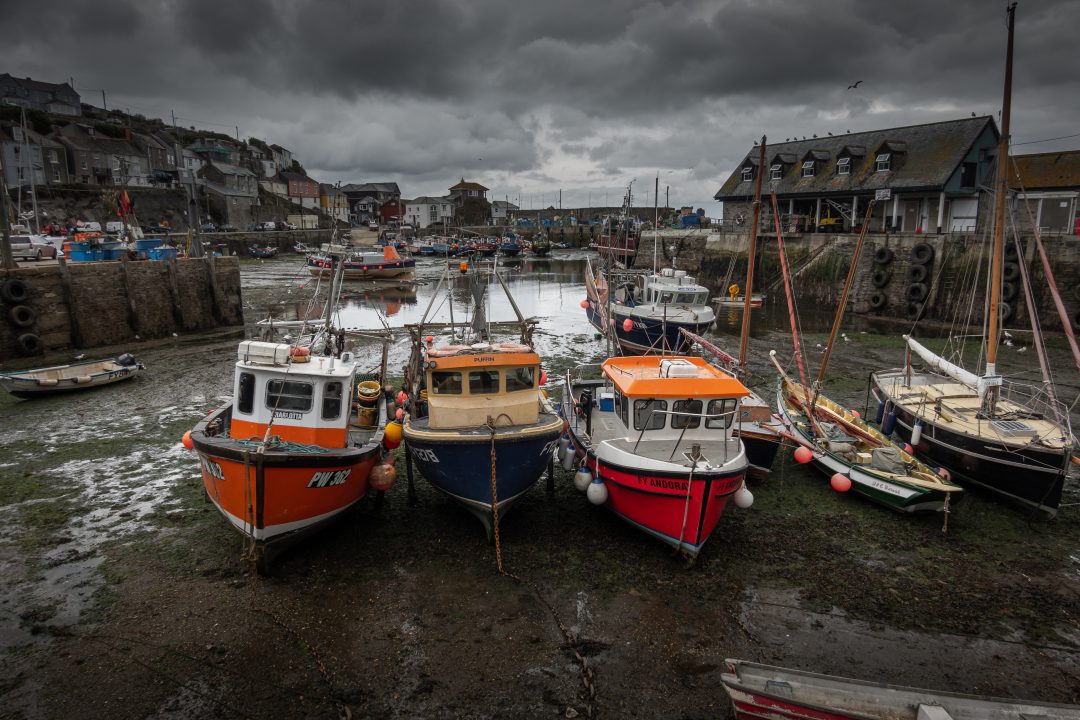
The RX100 is a 20 Megapixel premium compact camera with a 1.0 inch type sensor. Although the sensor is not as large as most ILC cameras, it is much much larger than the traditional ‘compact’ camera (more than 250% larger than similar looking Sony Cybershot compacts). The Sony Sensor also punches above it’s size, and can capture images that are barely indistinguishable from some DSLR or Mirrorless cameras. For many photographers who don’t want to compromise on image quality it is one of only a few compact cameras now worth considering. Sony’s 1.0 inch sensor has proved so popular that it has won constant accolades from the media over the years for the image quality it can capture and the sensor has been purchased by Sony’s competitors who want a slice of the ‘compact’ action. The sixth and seventh versions of the RX100 (RX100VI) weigh in at just 301 g or 10.7 oz) this camera feels very solid and reassuringly heavy (Sony is packing in a lot of technology into its diminutive size (102 x 58 x 42 mm or 4.02 x 2.28 x 1.61″). This camera will fit into the pocket of your jeans or into a clutch bag. Alternatively purchase a small bag with a belt loop and you will possibly forget you are even wearing it. I use a wrist strap attached to my RX100 as hanging such a small camera around my neck feels a bit silly.
If you already own a recent model Sony Alpha camera (models released after the NEX branding was retired) you will be up and running in just a few minutes. The camera features the same menu structure as the latest A7 and A6K series cameras. It has the same options to program the Fn menu that gives you quick access to frequently used camera settings. The Wi-Fi function of the RX100 means that you can quickly transfer images to your phone and then share to social media in a flash (I would typically edit them using Lightroom Mobile, however, before posting).
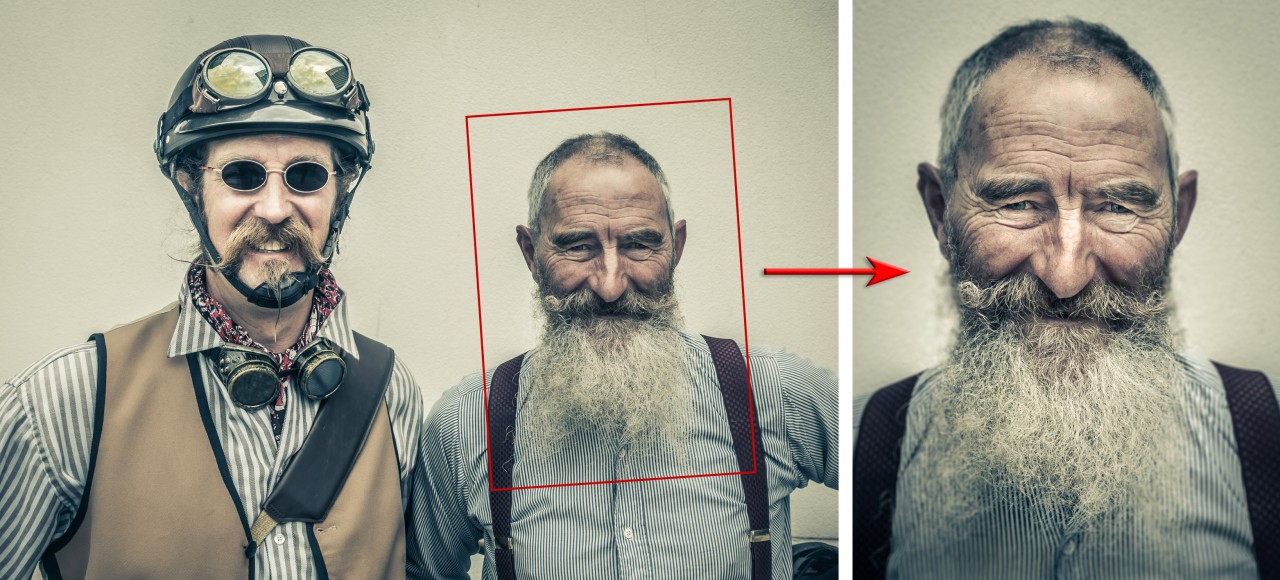
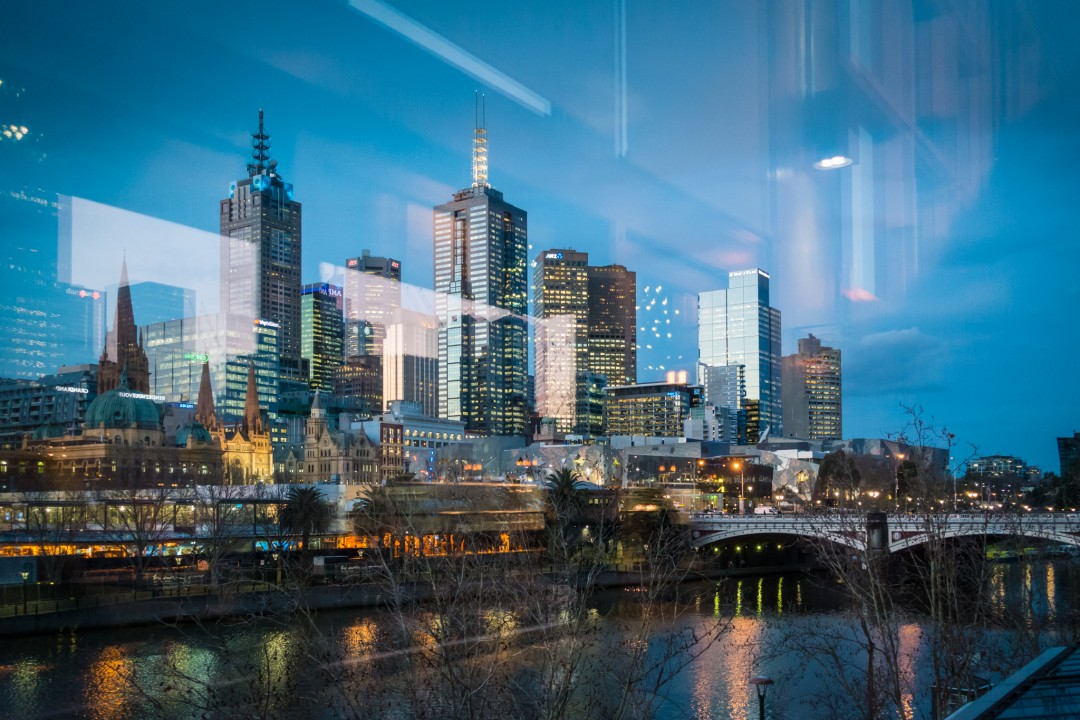
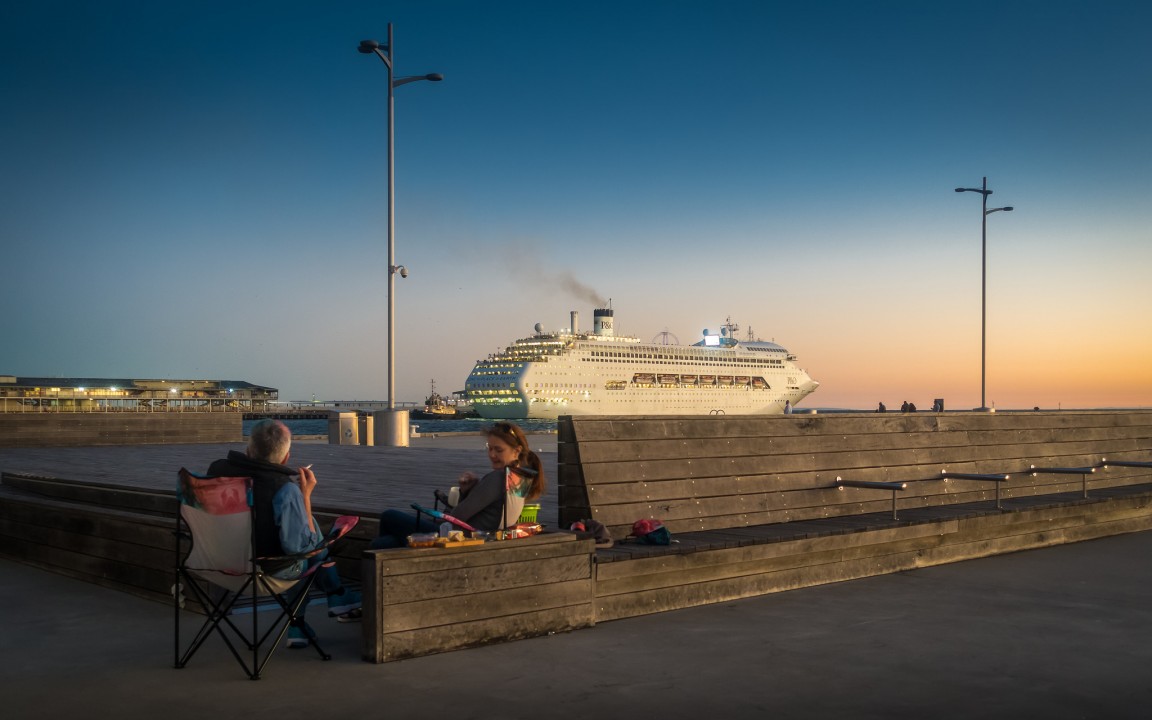
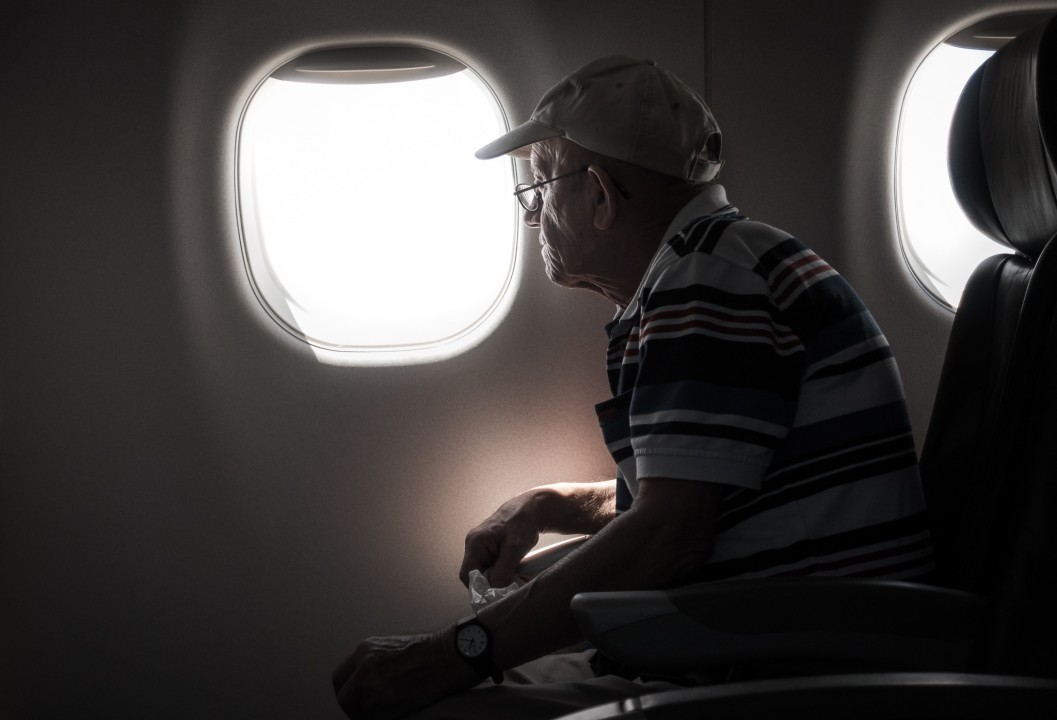
The RX100III, IV and IV uses a Zeiss wide aperture (f/1.8-f/2.8) 3 x zoom lens and is cable of shooting in locations where the ambient lighting is low without having to use flash. Even when travelling with my full-frame Sony Alpha camera it is often easier to pull the RX100 from my pocket and grab that decisive moment. Versions VI and VII feature a new 8X zoom lens (9-72mm) that gives a full-frame equivalent zoom of 24-200mm. The ability to zoom so much does, however, drop the maximum aperture to f/2.8 at the wide end of the zoom and f/4.5 at the telephoto end (maximum magnification) of the zoom range.
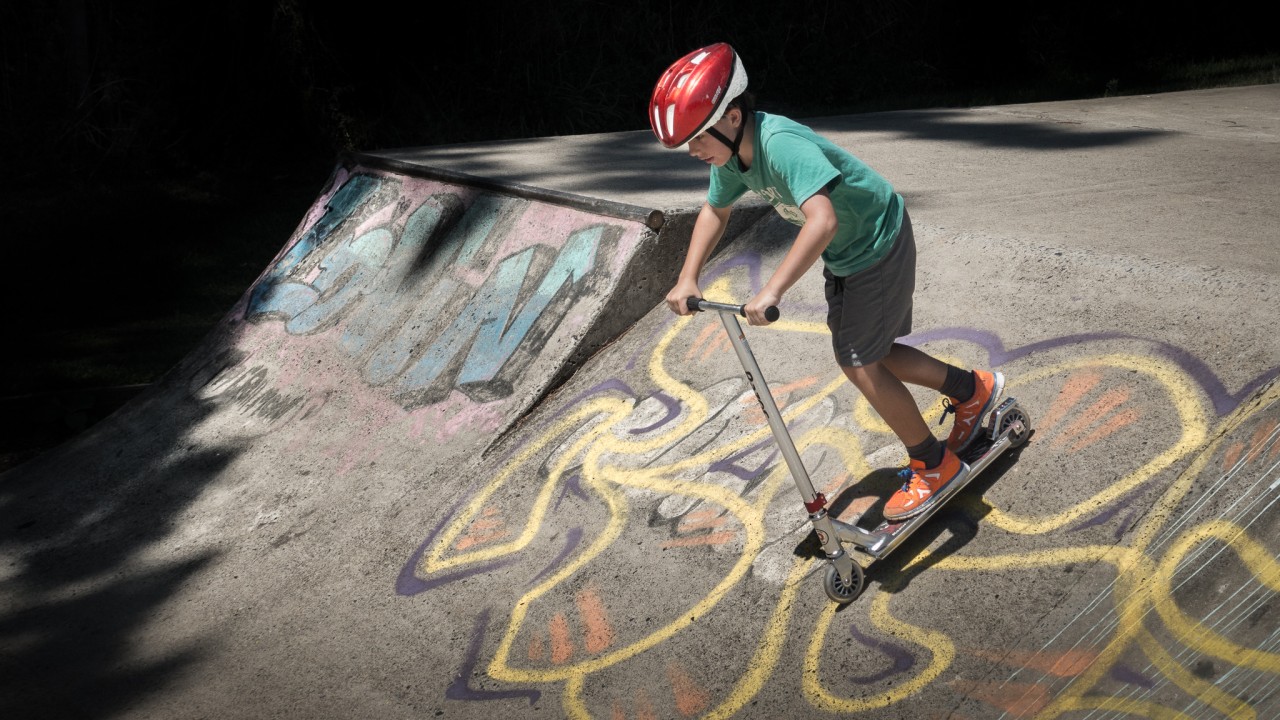

Version Seven (VII)
The seventh version of the RX100 was released in 2019. Sony managed to remove the blackout between frames when shooting action/sports using the electronic shutter. The only interchangeable lens cameras that can achieve this are Sony’s two A9 cameras that feature the same stacked backlit illuminated sensor.
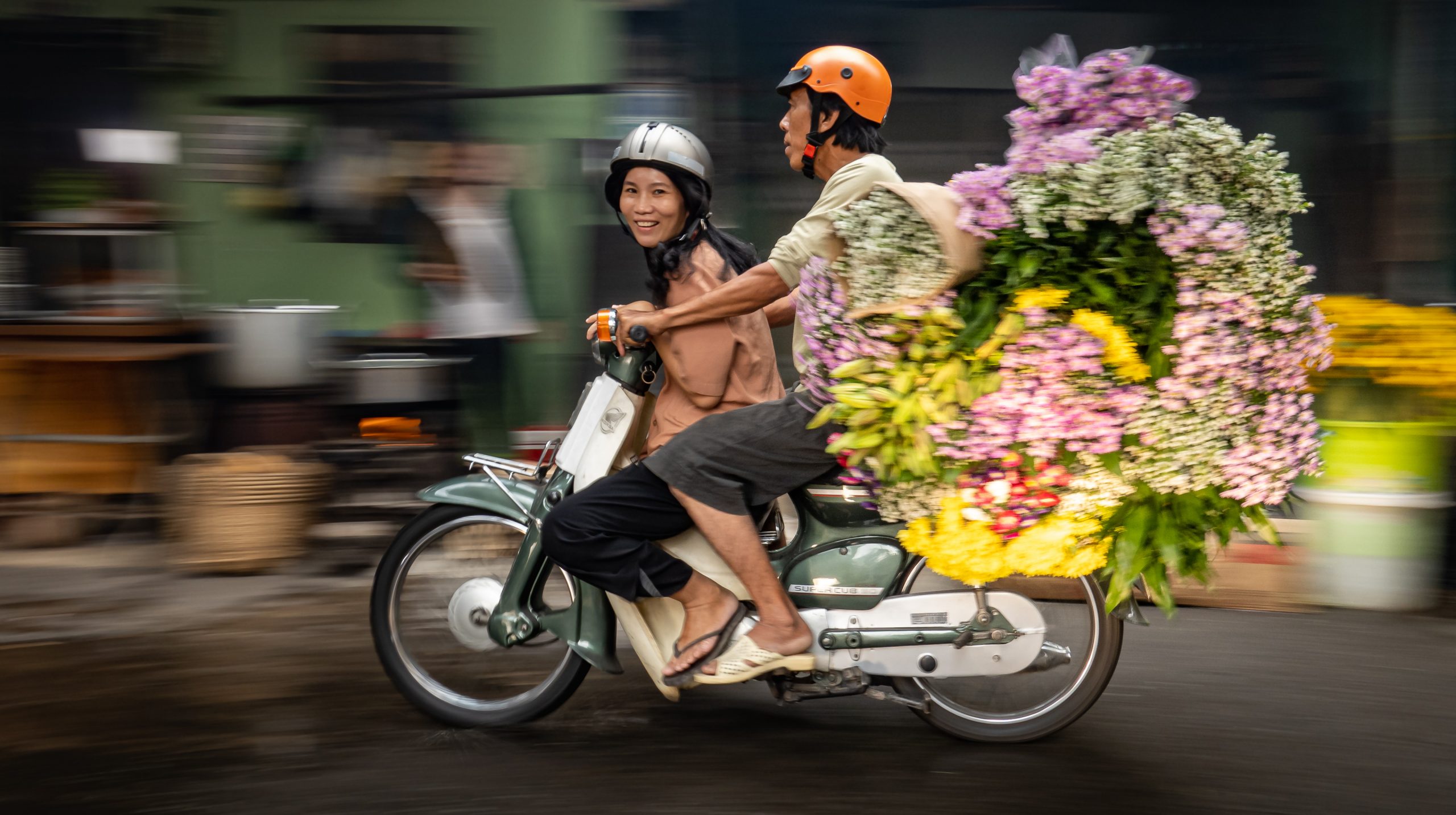
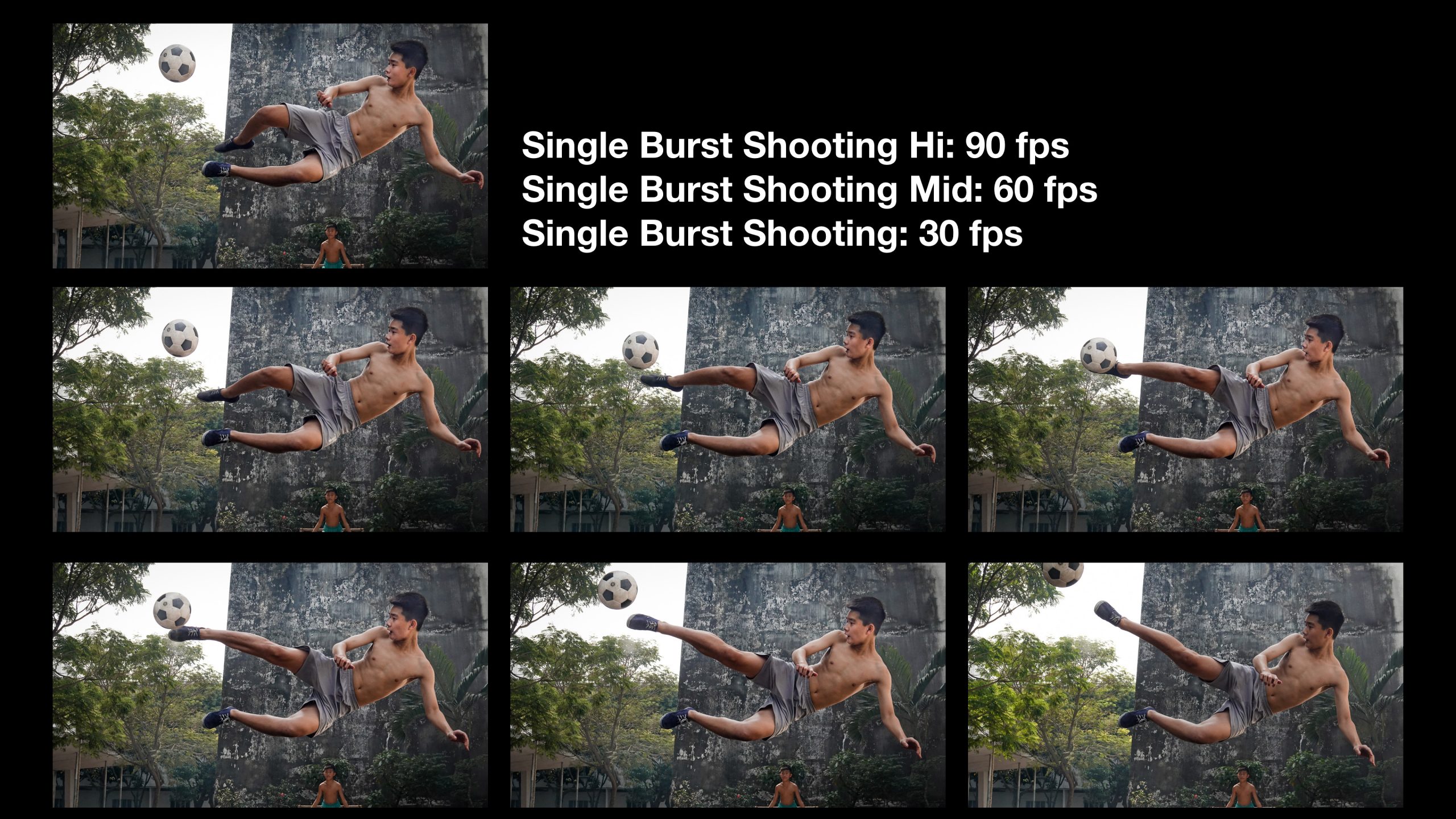
Changes include:
- Blackout-free Live-View Continuous Shooting
- 20 frames per second shooting in Continuous Hi Drive Mode
- Brightly Coloured AF Area Options
- Single burst shooting (up to 90 frames per second for the duration of 7 frames)
- Real-Time AF Tracking for moving subjects
- Real Time Eye AF tracking for stills and Movies
- Animal Eye AF
- Dual Fn menus for Stills and Movies
- Active SteadyShot (better stabilisation when shooting movies on the move)
- Vertical Movie Recording and playback on Social Media.
- Microphone Jack
- Interval Shooting
Version Six (VI)
The sixth version of the RX100 was released in 2018 and offers the advantage of a much greater zoom range. The advantage of the 8x zoom will be very compelling as the latest Smart Phones add some limited zoom capability to their latest devices. The added zoom range (expanded from a 3x zoom to an 8x zoom) has had almost no effect to the size and weight of the RX100. It added just 2 grams to the weight and 1mm to one of the three dimensions.


Other changes include:
- Faster AF speed (down from 0.05 to 0.03 seconds)
- LCD monitor touch shutter feature
- My Menu: You can now copy menu items onto your own customisable menu page
- One-push Access EVF: Now just a single action to open or close
- Supports HDR movie capture.

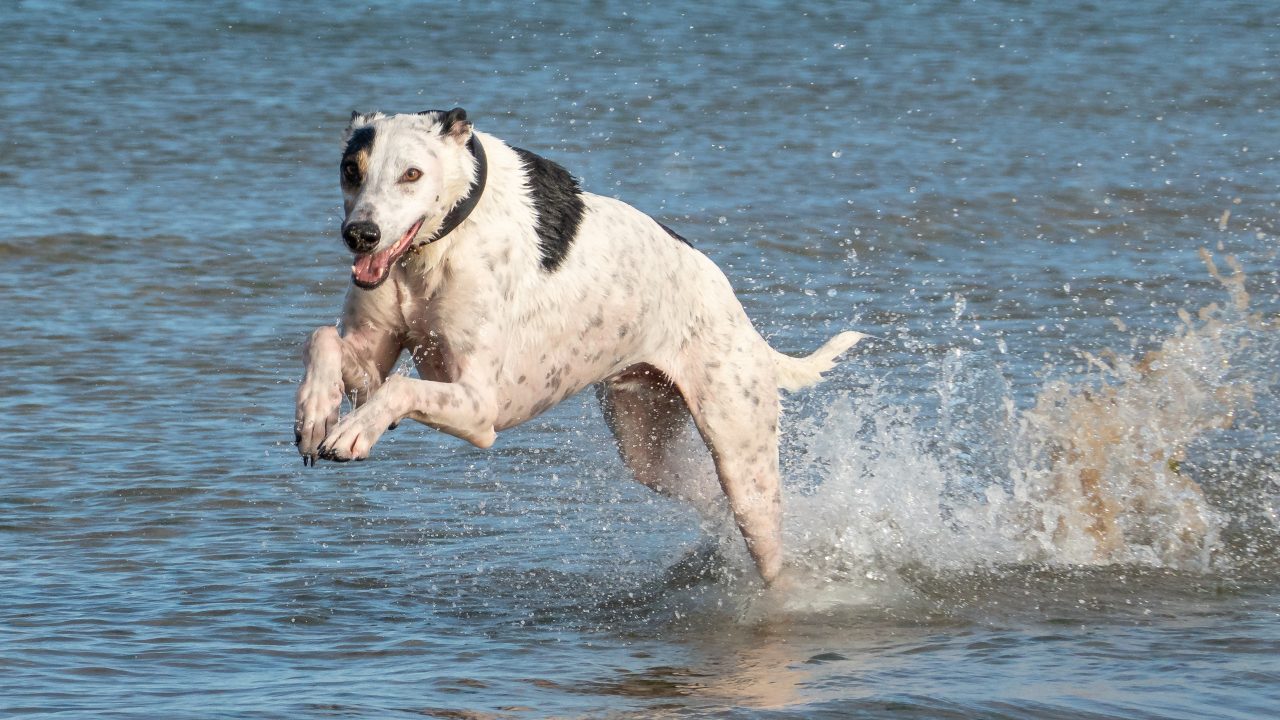
Image Gallery: Ultra HD examples from the RX100VI
Purchase the RX100 VI from Sony Australia: RX100VI
Version Five and Five A
The fifth version of the RX100 (RX100V) was released in the second half of 2016 and distinguishes itself from the mark IV version with its superior AF (Phase Detect Autofocus Performance). The RX100V can now lock-on and track moving subjects with its upgraded on-sensor phase detect autofocus system. Sony also increased the burst rate of stills shooting from 16 to 24 frames per second in Continuous Shooting mode. Just to help that sink in – that’s the same frame rate as Hollywood uses to shoot its movies! No other camera (including professional sports cameras) can match the stills burst rate of the RX100. The improved autofocus is the result of a cutting-edge AF system that combines super-fast 0.05-second speed and the wide, dense AF coverage employing 315 phase-detection AF points.
Purchase the RX100V from Sony Australia: RX100 V The premium 1.0-type sensor compact camera with superior AF performance
Version Five Update (A)
In 2018 Sony updated its version V and added improved on the following features
- New Menu system found on the newer Alpha cameras*
- Improved Phase Detect AF tracking and Eye AF
- Faster refresh Rate in EVF
- Bigger buffer (233 files, up from 150)
- Proxy movie mode (captures 720p footage alongside 4K capture)
- ‘Zone’ AF Area
- Variable size spot metering, Entire Screen Average and Highlight Spot metering
- The ability to add ratings to images (with ability to customize which ratings are available)
- Three Auto WB options (Std, Ambience or White)
*Note > The camera loses the Sony Playmemories Camera apps in the process
Purchase the RX100V from Sony Australia: Sony RX100 VA (updated version V)
The movie above demonstrates the power of combining Phase Detect AF points with Lock-On AF capability and 24 frames per second stills shooting.
Movie shooters will also benefit from the improved AF tracking. 4K video is now oversampled from 5K footage leading to sharper and more detailed movie clips while rolling shutter has been virtually eliminated with the Mark V.
High Frame Rate (Aperture Priority) – 250 frames per second (Quality Priority). End Trigger REC Timing.
For photographers looking to record maximum image quality from the HFR capability of this camera, I recommend limiting the frame rate to 240 or 250 frames per second and then choosing a playback speed of 24 or 25 frames per second. This will be 10 times slower than ‘real-time’ and produce sharp 1080p video clips.
High Frame Rate (Aperture Priority) – 500 frames per second (Quality Priority). End Trigger REC Timing.
Previous Versions (currently still available)
Previous versions of the RX100 are still sold by many camera outlets and can be picked up at a reduced cost compared to the latest version. I have outlined the major changes below. Although all models are excellent I personally think the camera ‘came of age’ with the release of the Mark III.
The FOURTH (IV) version of the RX100 acquired 4K movie shooting, 16 frames per second stills shooting, 100 frames per second movies (120 for the US market) at 1080p (up from 720p) and HFR Mode for super-slow-motion movies (courtesy of a new and improved stacked CMOS sensor). HFR or High Frame Rate shooting allows the user to create super slow-motion movies by shooting up to 1,000 frames per second and playing the movies back at either 25 or 50 frames per second (USA users get slightly different frame rates – 240, 480 and 960 fps). The built in ND filter + Sony’s Picture Profiles (including S-Log2) and the ability to capture 17 megapixel stills while recording movies made this an excellent upgrade for video shooters.
Purchase the RX100IV from Sony Australia: RX100 IV Digital Compact with 4K Movies
The most notable improvement of the THIRD (III) version of the RX100 (released in 2014) was it’s pop-up Electronic Viewfinder or ‘EVF’. This allows the user to carry on shooting when the ambient lighting conditions make it difficult to see the subject on the LCD screen of the camera. The pop-up viewfinder meant that the hotshoe had to be sacrificed (not a terrible loss in my opinion for a compact). The RX100 III switched from the Zeiss 28-100 equivalent zoom lens to a brighter Zeiss 24-70 variable aperture lens (f/1.8-f/2.8) and this has now been used on the last three models. In my daughter’s eyes, perhaps the most notable new feature for the third version was the ability for the screen to flip 180 degrees for shooting selfies (the camera automatically does an on-screen count-down for the perfect pout).
Purchase the RX100IV from Sony Australia: Sony RX100 III with ‘pop-up’ EVF
The SECOND (II) version of the RX100 (II) released in 2013 acquired the BSI CMOS sensor (for speed and improved low light performance – Sony claimed 40% better performance in low light) and an articulating screen. It also acquired Wi-Fi making it easy to shoot and share.
Purchase the RX100II from Sony Australia: Sony RX100 II with Back-Illuminated Sensor (BIS)
The FIRST version of the camera was a landmark release. TIME Magazine included the Sony Cyber-shot RX100 in its list of the 50 ‘best inventions’ of 2012. They called the RX100 a ‘huge leap’ in the trend towards smaller and more capable digital cameras, thanks to its ‘innovative design and 1-in sensor’. The camera also featured a 28-100mm (equiv), f/1.8-4.9 Carl Zeiss Vario-Sonnar T* lens.
Purchase the RX100 from Sony Australia: Sony RX100 with 3.6x Optical Zoom
So what can’t this little pocket-rocket do?
We are dealing with a very small camera here, so obviously when push comes to shove, some things are not going to make the feature list.
Things you will NOT find on the RX100 cameras
- No Audio-In Jack on all models except version VII (you can get around this by recording audio to a seperate device – “HOW TO GET AUDIO WITH THE SONY RX100 V” – https://youtu.be/YSabaxy9-Vg)
- No Headphone Jack (see above)
- No Hotshoe on Models III, IV and V
- Only one custom button (although the Control Ring around the lens can be programmed to adjust things like Exposure Compensation, etc.)
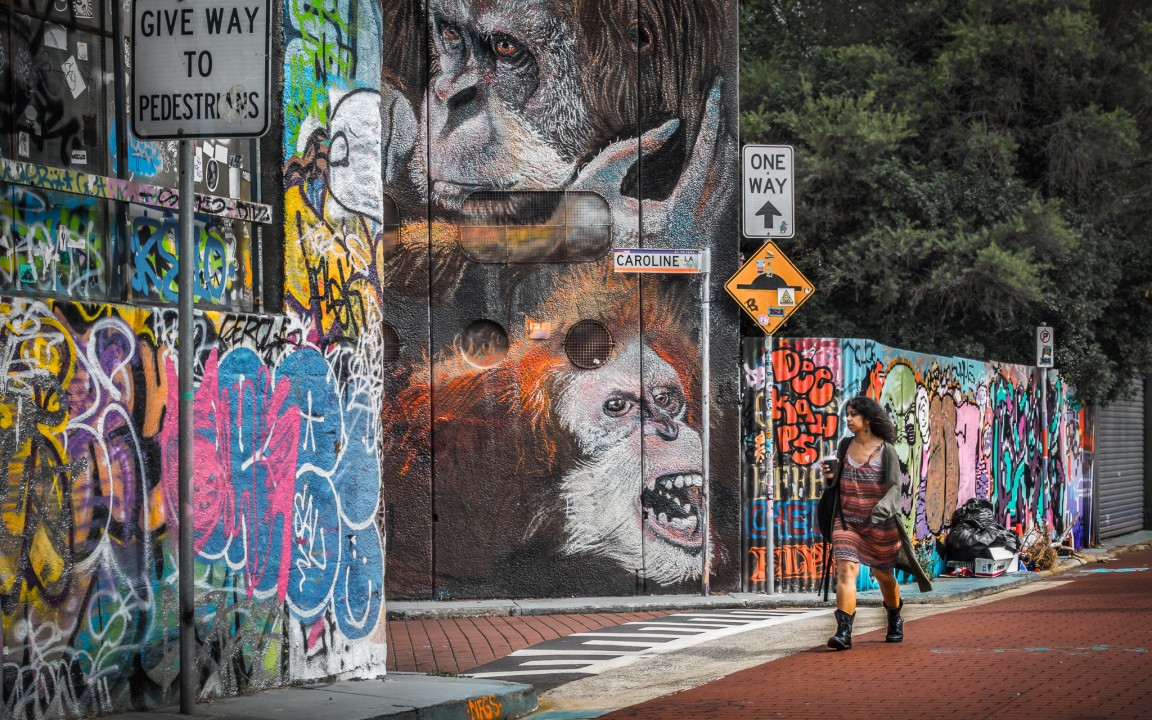
What are the limitations if this is the only camera you were travelling with?
- The 3 or 3.6x zoom on the first five version of the camera is not going to get you very close to the action, but with 20 megapixels at your disposal you do have generous room to crop if you just want to post to social media. Cropping aggressively and throwing away 3/4 of the pixels will still leave you with a HD image and that equates to using 280mm zoom (see image below).
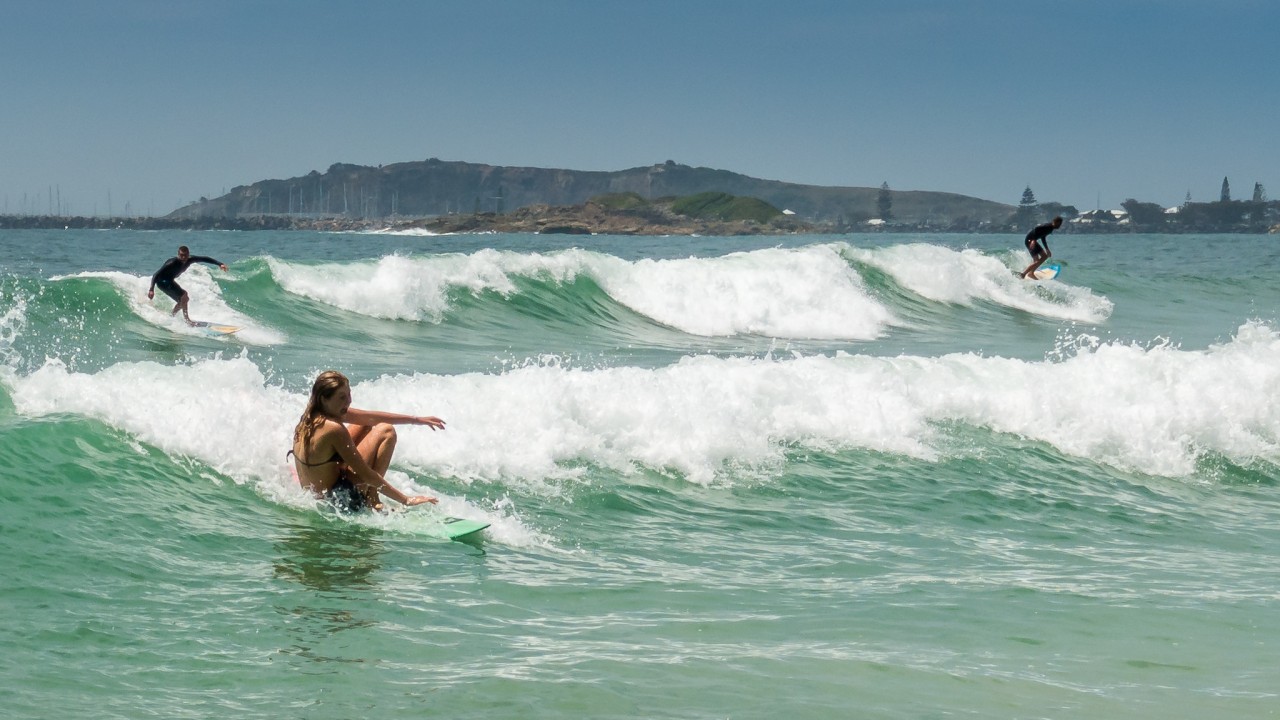
- It’s a small battery so you will need to purchase a second battery (or two) if you intend to shoot all day (especially if you shoot and HFR and 4K movies). I am charging the batteries in-camera and due to the speed of the recharging (approximately 2 hours) I haven’t felt the need to purchase a battery charger.
- 4K movie recording is limited to 5-Minutes. Most users will not find this a limitation to what they want if they are recording short ultra HD clips to piece together a narrative sequence in post. If you see this as a serious issue, either record in 1080 HD or check out video cameras instead. Remember this camera has no option to add an external microphone so don’t assume this camera is good for recording dialogue. If you want good audio quality consider recording the audio on a seperate device and sync in post.
- Although shallow depth-of-field is possible with the RX100, it is not going to be able to come anywhere close to rivalling the ‘Bokeh’ that is possible by using a full-frame A7 camera with a wide aperture prime. At the 70 mm focal length on the RX100V, maximum aperture will drop from f/1.8 to f/2.8. Depth of field increases with cameras using smaller sensors so you may achieve figure and ground separation at maximum aperture at close range with the RX100V but don’t expect to win any ‘Bokeh’ awards at your local camera club.
- If you are going to start shoving the RX100 in your pocket I would purchase a screen protector at your earliest opportunity. Note > The LCD screen on all version except version VI and Vii are not touch-screens.
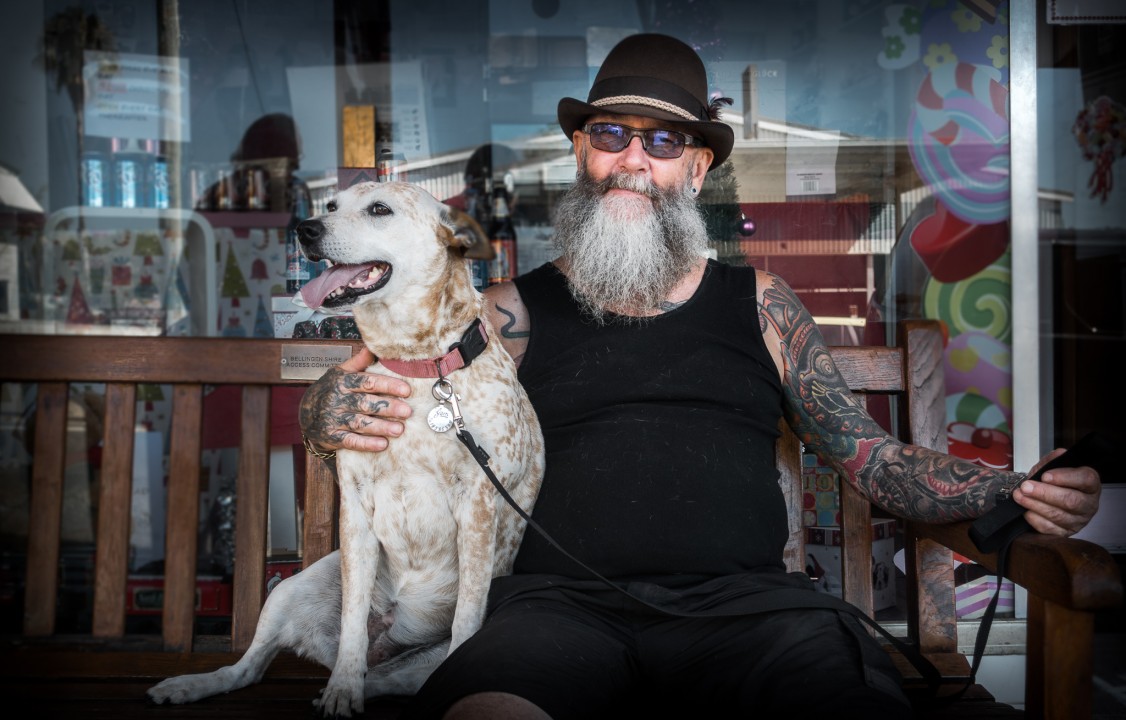
The Final Word
Although this is not the only compact that now features a large sensor it is, I believe, still the camera that offers the most comprehensive list of features. At the time of writing it is the only large sensor compact that has added Phase Detect AF and creates 4K video from oversampled 5K footage. I personally could not consider a large sensor compact that did not have an EVF or Wi-Fi. Would I give up my A7RII for this camera? – No. Would I travel with this as an additional camera to my A7RIII? That is exactly what I am doing as I write this review 🙂
Sony RX100 VA (updated version V)
RX100 V with superior AF performance
RX100 IV Digital Compact with 4K Movies
Sony RX100 III with ‘pop-up’ EVF
Sony RX100 II with Back-Illuminated Sensor (BIS)
Sony RX100 with 3.6x Optical Zoom
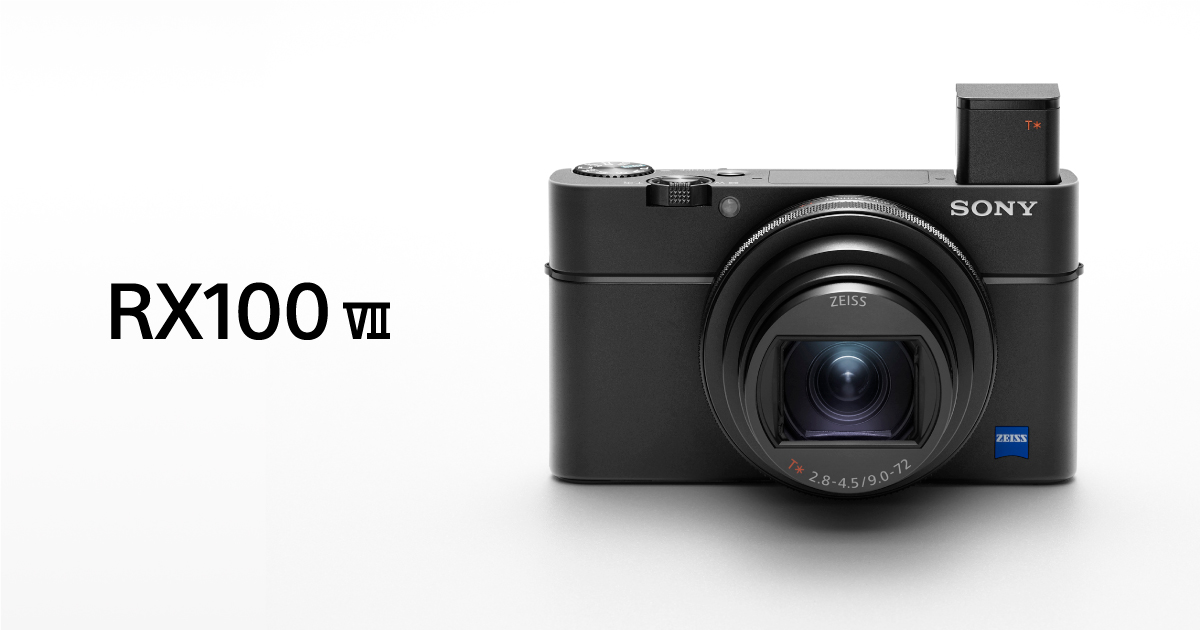
Pingback: Win a Sony RX1R M2 | Mark Galer
Pingback: Travel Photography: Tips & Techniques - Mark Galer